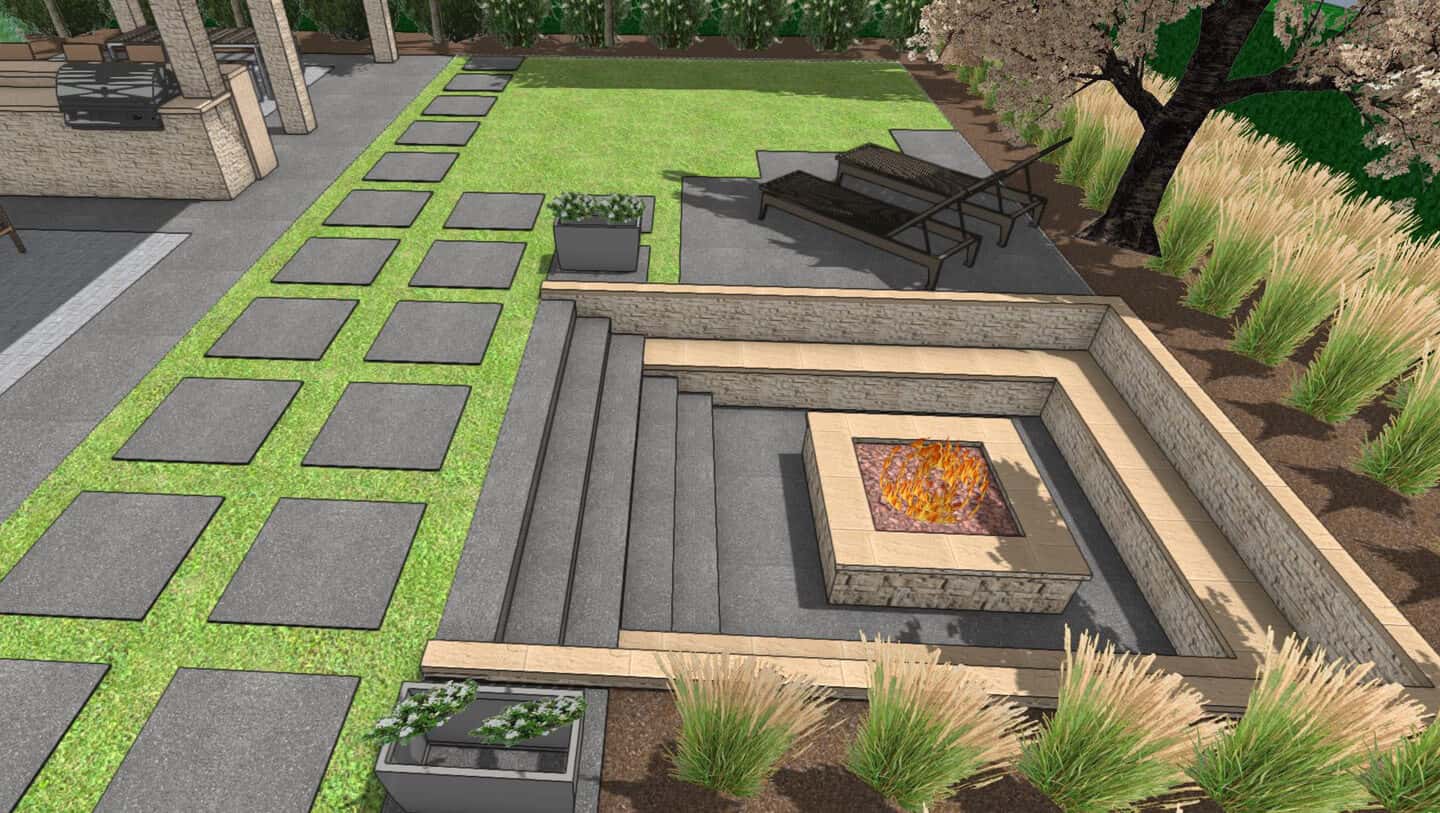Establishing a environment that not only beautifies your home and also supports wildlife has become progressively important. With more people turn to their yards for relaxation and enjoyment, there's a increasing desire to develop settings that attract birds and pollinators. Adding components that welcome these animals not just elevate the beauty of your property while also aids to the well-being of local ecosystems.
In the following sections, we will explore the craft of landscaping for wildlife, analyzing how the right design decisions can bring nature nearer to home. Beginning with selecting native plants to designing water features, we will dive into hands-on tips and eco-friendly practices that assist foster a flourishing habitat for birds and pollinators. Whether you are a veteran gardener or a beginner, you'll find valuable insights that turn your outdoor space into a refuge for wildlife, promoting a dynamic and biodiverse environment.
The Benefits of Expert Landscaping

Putting money in expert landscaping can greatly enhance the aesthetic appeal of your property. A well-designed landscape not just beautifies your outdoor space and also creates a inviting atmosphere for both residents and visitors. Experienced landscapers have the expertise and skills to select vegetation and design layouts that enhance the design of your home or business, ensuring a unified and appealing appearance.
An additional benefit of hiring a landscaping service is the practicality it brings to your outdoor space. Professionals know how to create usable areas that meet your lifestyle needs, whether it’s a space for entertaining, relaxing, or gardening. They also have the equipment and knowledge necessary to implement features such as irrigation systems, lighting, and pathways that enhance usability while preserving the look of your yard.
Moreover, expert landscaping can increase the value of your property. Source and businesses with carefully tended landscapes are often more attractive to potential buyers, and studies have shown that superior landscaping can lead to increased appraisal values. This expenditure not only enhances your immediate enjoyment of the space but also gives long-term financial benefits, making it a prudent choice for property owners and commercial property owners alike.
Eco-friendly Landscaping Practices
Eco-friendly landscaping is focused on creating a garden that not only enhances aesthetics but also supports the environment. By using local plants, which are adapted to the regional climate and soil traits, homeowners can create a flourishing ecosystem that requires minimal water and minimal maintenance. Native plants provide essential habitats for local wildlife, including birds and pollinators, making your garden a refuge for these species. This approach reduces the need for chemical fertilizers and pesticides, fostering healthier soil and flora in your yard.
Incorporating water-saving practices is a further cornerstone of eco-friendly garden design. Techniques such as low-water landscaping focus on designing landscapes that require low irrigation, helping conserve water. Creating rain gardens and permeable paving can effectively manage stormwater runoff, preventing soil erosion and lowering the risk of flooding. By designing for optimal water use, homeowners not only contribute to environmental sustainability but also reduce on water costs over time.
Additionally, embracing eco-friendly materials and maintenance methods supports a better planet. For instance, using organic fertilizers and biological pest control methods can enhance plant health without adding harmful chemicals into the environment. Recycling yard waste improves the soil and minimizes the requirement for synthetic products. By focusing on these eco-friendly practices, you can create a stunning garden that thrives while positively impacting local ecosystems and building a more sustainable future.
Inviting Animals to Your Garden
Creating a wildlife-friendly garden starts with selecting the best plants that provide sustenance, homes, and nesting spots for various species. Opt for local plants that are suited to your local weather and earth, as these will lure local avian species, pollinators, and moths more efficiently than non-native species. Adding a wide range of blooming plants will guarantee you have floral displays throughout the year, supplying crucial resources for pollinators during their active times.
Along with plant choice, contemplate adding features like houses for birds, bat houses, and hotels for bees into your garden design. These items create protected areas for wildlife to live and can assist increase species mix in your garden. Aquatic elements, such as baths for birds or little ponds, not only enhance the aesthetics of your garden but also provide an essential resource for avian species and other animals, especially during drought.
In conclusion, minimizing toxic use and selecting natural gardening techniques will create a more sustainable ecosystem for good insects and wildlife. By adopting a holistic approach to garden care, you can assist preserve the local environment while valuing the vibrant life that thrives in your outdoor space. Building a friendly habitat for wildlife not only promotes ecological diversity but also increases the overall pleasure and visual appeal of your landscape.
